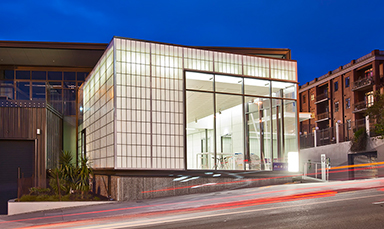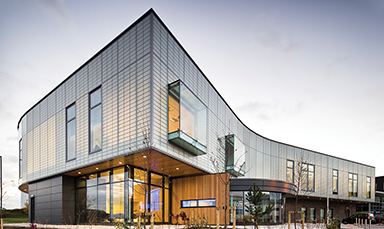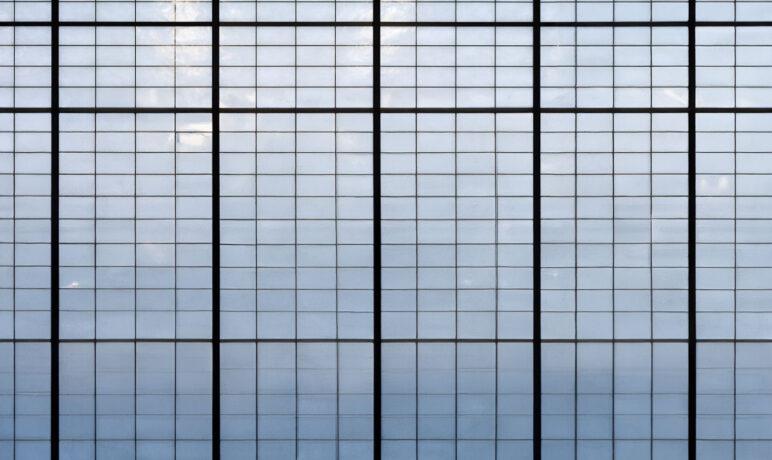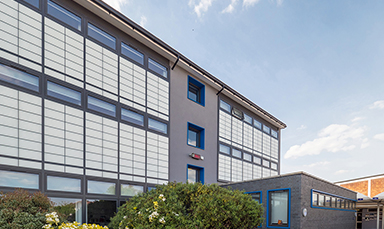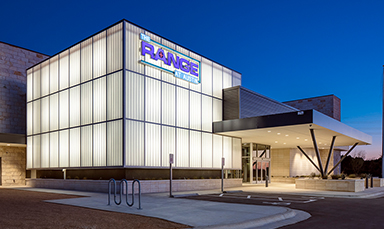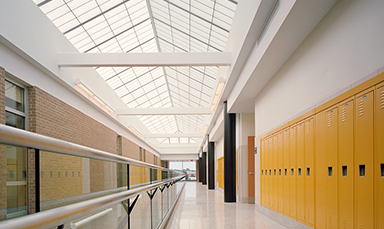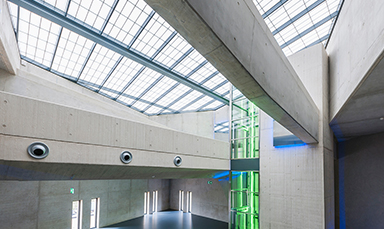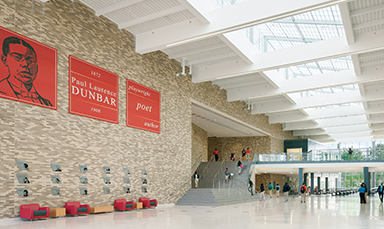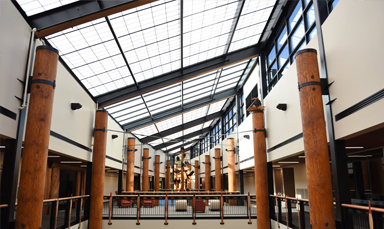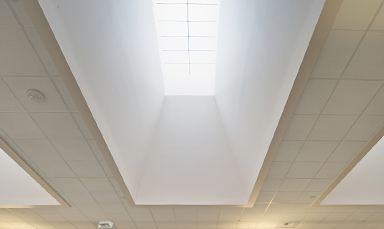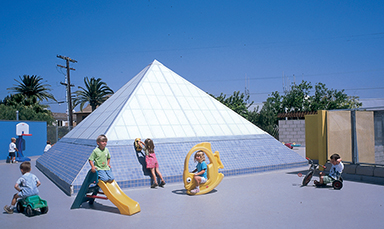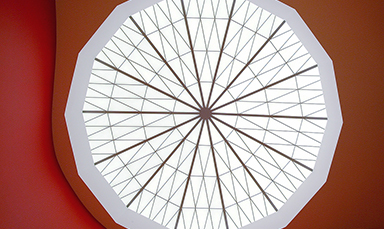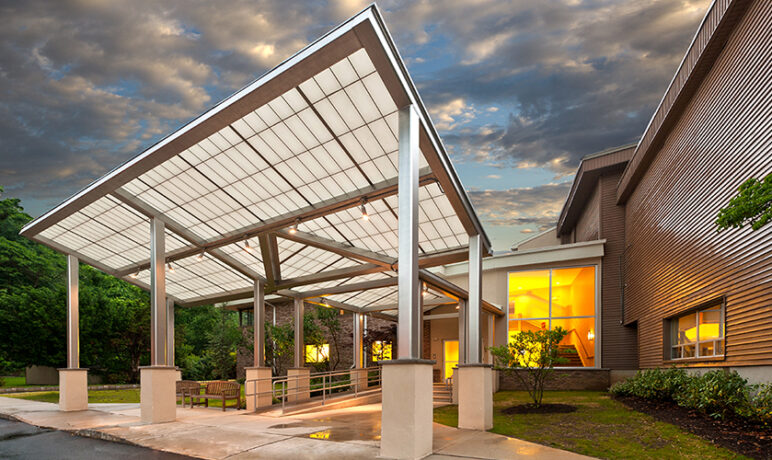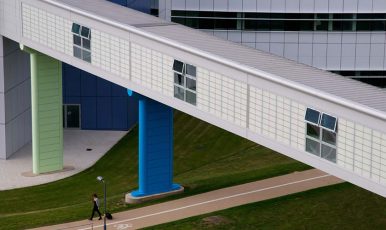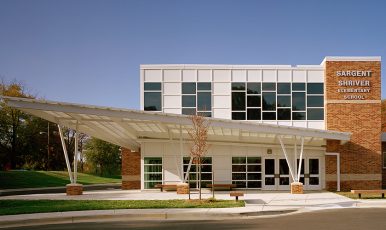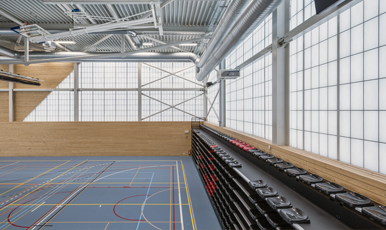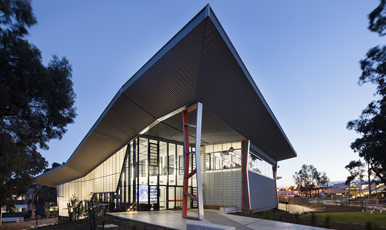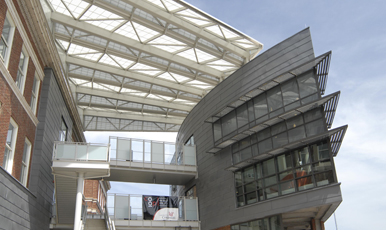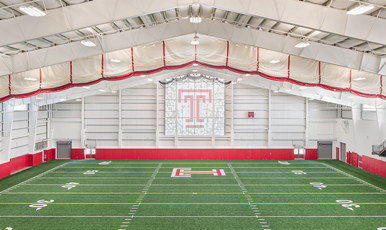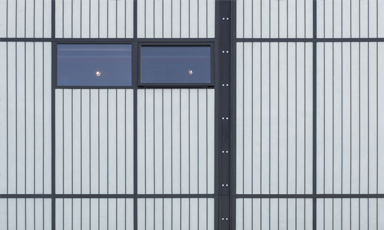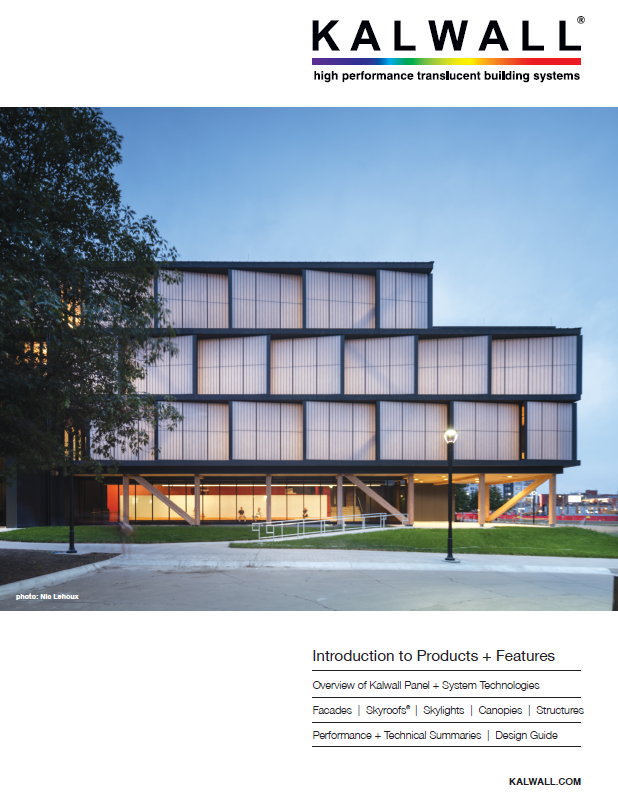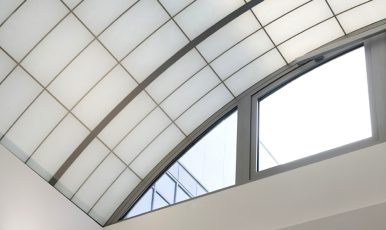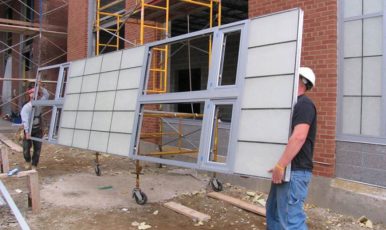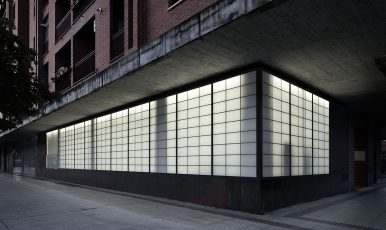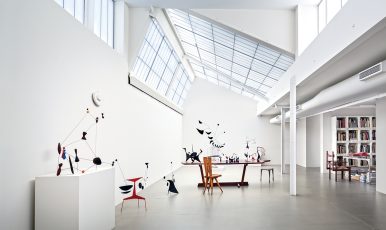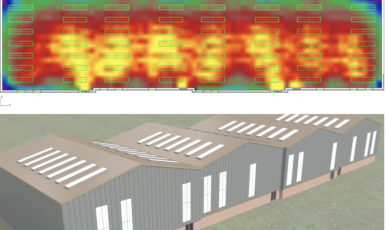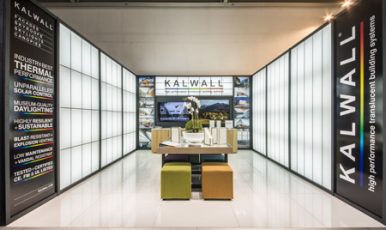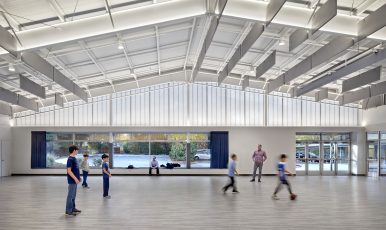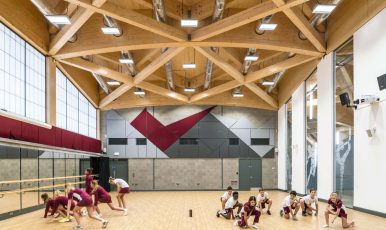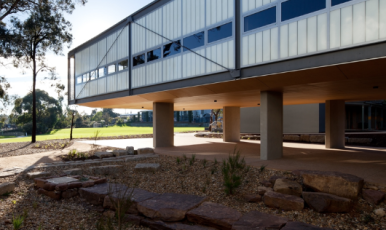The Benefits of Daylighting
Throughout history, daylighting—controlling the amount of natural light transmission into buildings—has been an essential element in building design.
Windows have long been the chosen method for bringing natural light indoors, but often create design dilemmas, as the amount and quality of light provided is dependent on nature and frequently uncontrollable.
While fundamental, incorporating daylighting can be challenging because there is no one “correct” way to do it. The best solutions will vary by geography, climate, season and time of day.
The bottom line is that each building is different and therefore has different daylighting needs. That’s why the focus should be on providing daylighting solutions that are intentional and controlled, a more sophisticated approach to optimizing natural light.
Achieving the proper daylighting balance in building design depends on various factors, including glazing materials such as polycarbonate translucent panels and fiberglass-reinforced polymers (FRP) that provide excellent results. While installed differently, both provide lighter-weight, attractive, translucent alternatives to glass.
However, only translucent FRP panels like Kalwall offer superior diffuse daylighting and thermal performance and provide full-spectrum light transmission that preserves the benefits of natural sunlight.
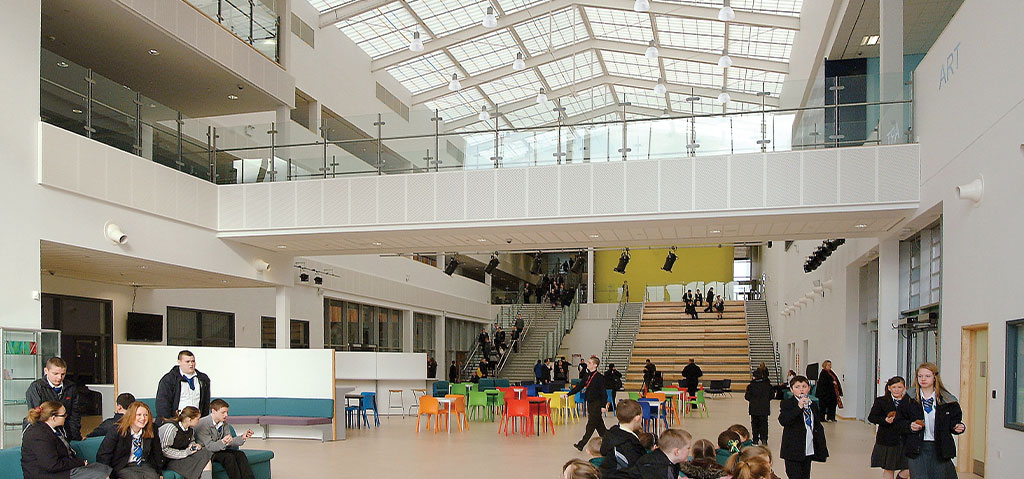
Daylighting Has Benefits in Many Environments
Daylighting is critical in building design because studies have found it has many benefits in many different environments. For example, in education, good daylighting results in better alertness and test scores and decreased absenteeism; healthcare facilities report better patient outcomes, less pain and stress and reduced stays.
In addition, buildings with ample natural light are more valuable. For example, researchers at the Massachusetts Institute of Technology (MIT) found there is a 5 to 6 percent rent premium for offices with natural light, and a Cornell study found that access to views and more natural light resulted in 2 percent greater worker productivity, estimated to add the equivalent of $100,000 of annual value for every 100 workers.
However, the two most significant benefits daylighting systems can provide are energy savings and occupant health and well-being.
Energy Benefits
Today’s buildings are more tightly constructed, and mechanical and electrical systems have added complexity to the mix. As a result, code developers, design professionals, construction teams and product manufacturers focus on the best balance of daylighting benefits and overall energy performance in buildings.
Studies have found that daylighting can reduce energy costs for lighting, heating and cooling and reduce greenhouse gases and use of fossil fuels.
When working a balanced daylighting solution into building design, calculations or daylight modeling are encouraged to demonstrate areas of the building that could benefit from daylighting and to optimize fenestration choice, size and location.
It’s essential to balance daylighting benefits with the effect additional solar heat gain in the building will create on cooling requirements. The overall intent is for energy optimization and a notable reduction in the carbon footprint of the building.

Research has determined:
- Optimized daylighting strategies can reduce total energy costs by as much as one-third.
- An excellent daylighting design can save up to 75 percent of the energy used for electric lighting in a building.
- Building cooling energy usage can be reduced by 10 to 20 percent.
- Reducing electric need through daylighting reduces greenhouse gases and the use of fossil fuels.
Worker Performance and Well-Being
Working or functioning in the proper amount of light is a fundamental and reasonable expectation of people in buildings. In fact, the Harvard Business Journal reported that the workplace attribute most desired by employees is natural light and views of the outdoors.
The Illuminating Engineering Society of North America (IESNA) is the nationally recognized source for determining what “proper amount of lighting” or lux levels are required for different situations.
Data generated by the IESNA experts over the years—with user input—assists design professionals in determining how much light (measured in lux) is appropriate for any particular space. They offer design guides and recommended practices to assist in lighting engineering. Organizations, including the National Aeronautics and Space Administration (NASA), different branches of the U.S. Military, major universities and the National Institute of Health (NIH), have done research that supports the idea that factors other than pure lux level are at play. They found intensity, spectral color, direction (direct or diffuse) and other aspects of light are equally, if not more, important.
Good daylighting can increase productivity, improve mood and decrease absenteeism. A Cornell study on daylight and the workplace found that optimized natural light and views resulted in less glare and:
- 63% fewer headaches.
- 56% less drowsiness.
- 51% reduced eyestrain.
Daylighting helps to regulate circadian cycles of alertness and sleepiness. Static artificial lighting conditions confuse the body as to whether it should be alert or sleepy. Blue wavelengths found in natural daylight, but often missing in artificial light sources, are important signals that tell the body that more alertness is needed. Reduction in blue light transmission, shifting to warmer parts of the visible spectrum, mimics the changing color as sunset approaches, indicating that more sleepiness is appropriate. This response is not immediate but evolves over a multi-day cycle.
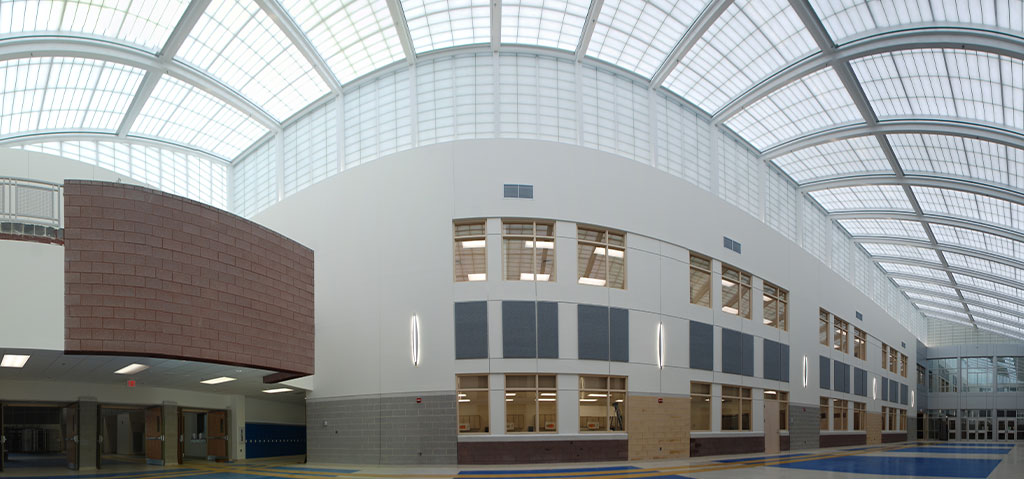
Recommendations for Daylighting
As more and more studies show the benefits of daylighting, the design community has responded. For example, the Leadership in Energy and Environmental Design (LEED) green building rating system recognizes the benefits of daylighting. Several credits and points in the popular system directly tie to energy optimization and indoor environmental quality.
Second, LEED and the WELL Building Standard examine indoor environmental quality issues related to occupant welfare. WELL, a certification tool to assess health and well-being in buildings, delves deeper into the details of the impacts of daylighting on people, but both programs address similar concerns about daylighting based on research and standards. WELL offers credits directly related to spectral content and amount of light delivered in a daylighting design for circadian activation.
The goal is to use natural daylight to enhance and stimulate indoor environments while balancing performance, value and aesthetics. There is a strong focus on prioritizing the appropriate lighting control in color and intensity, which studies show benefits people’s natural biological circadian rhythms. Kalwall offers many daylighting solutions to meet these needs, including clearspan™ roof systems, commercial skylights, curtain wall systems, facades and more.
Dr. Steven W. Lockley, Ph.D., a neuroscientist affiliated with Brigham and Women’s Hospital and Harvard Medical School, directly connects building lighting design and people’s responses to lighting.
He helped NASA astronauts on the International Space Station change the lighting to electric control to suit human needs better. Astronauts on the station see as many as 16 sunrises daily, affecting their circadian rhythms, so sleep patterns and alertness are all affected.
Because people respond directly to the amount, color and timing of light in natural daylight, Dr. Lockley’s recommendations apply to manipulating artificial lighting systems that try to mimic sunlight and capitalize on the positive effects to help people achieve the desired results. Of course, designing appropriate daylight in buildings using materials such as Kalwall translucent FRP panels for walls, custom skylights, skyroofs® and more will achieve the intended results naturally and without automated controls. Using daylight modeling, designs can be optimized for IESNA, LEED and WELLv.2 lighting standards.
Kalwall’s translucent fiberglass reinforced panels offer a single source daylighting solution and endless design and unitization options to optimize light transmission in your building. If you have questions about building with translucent panels or understanding the impact on how Kalwall elevates your design goals, please contact us. We’d love to talk to you!

